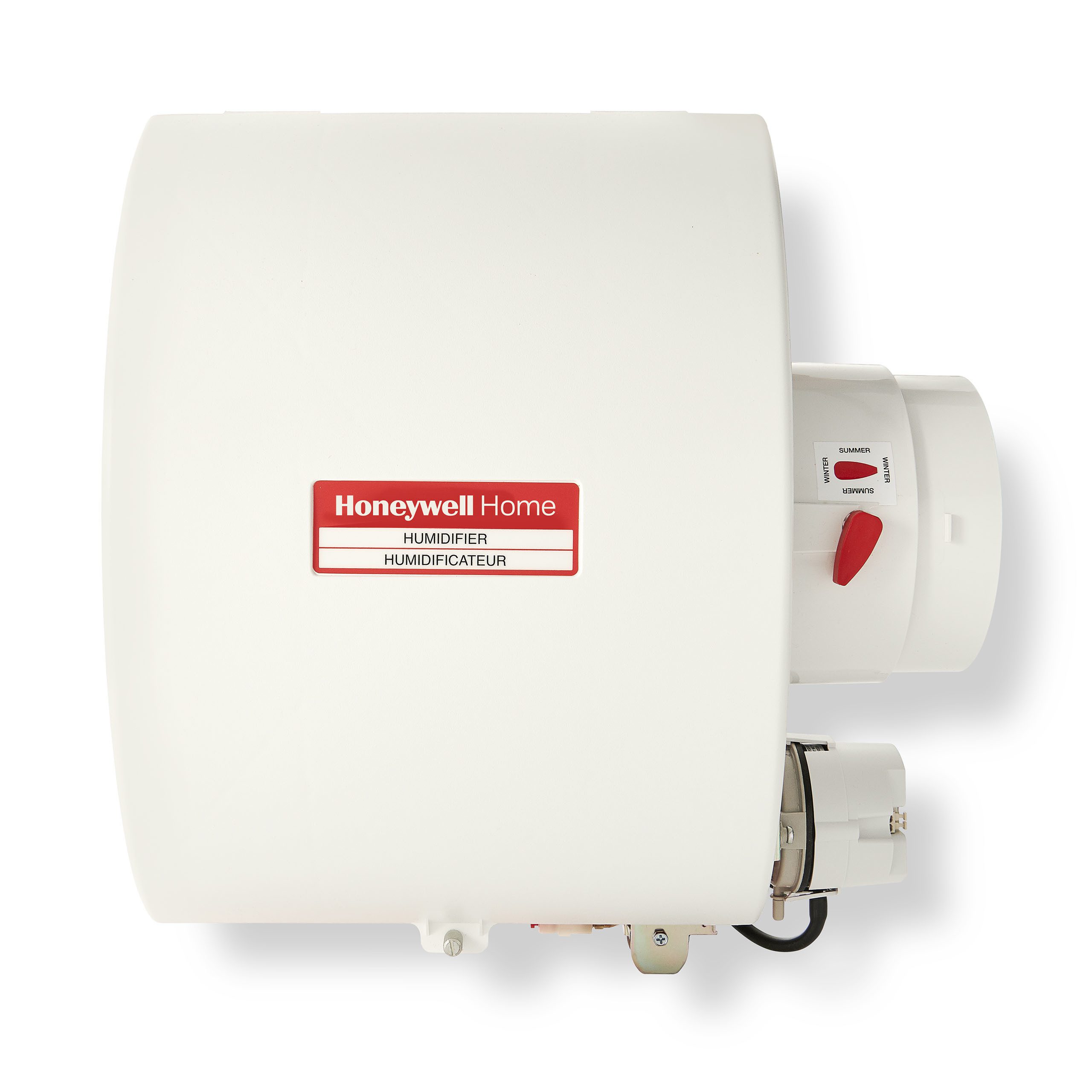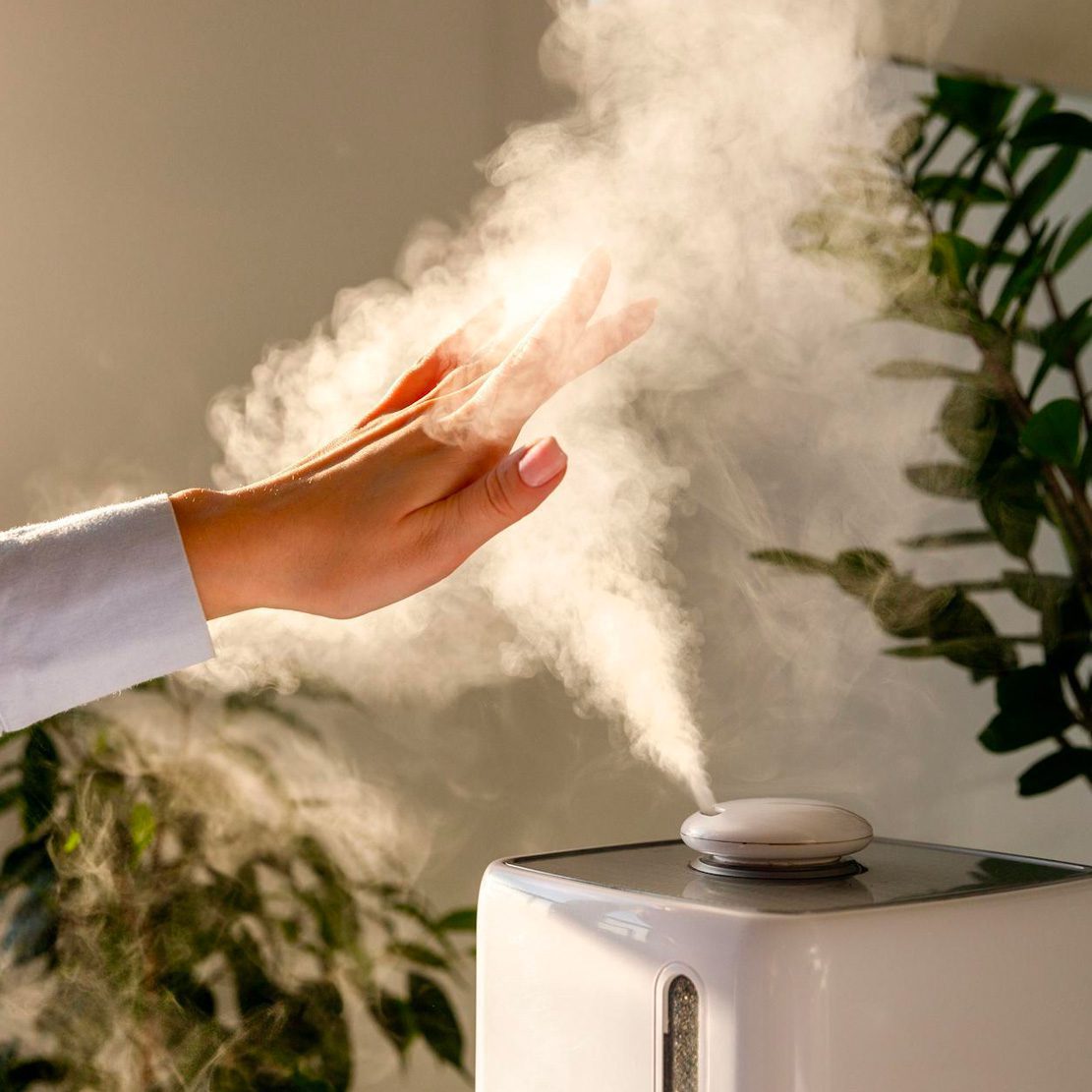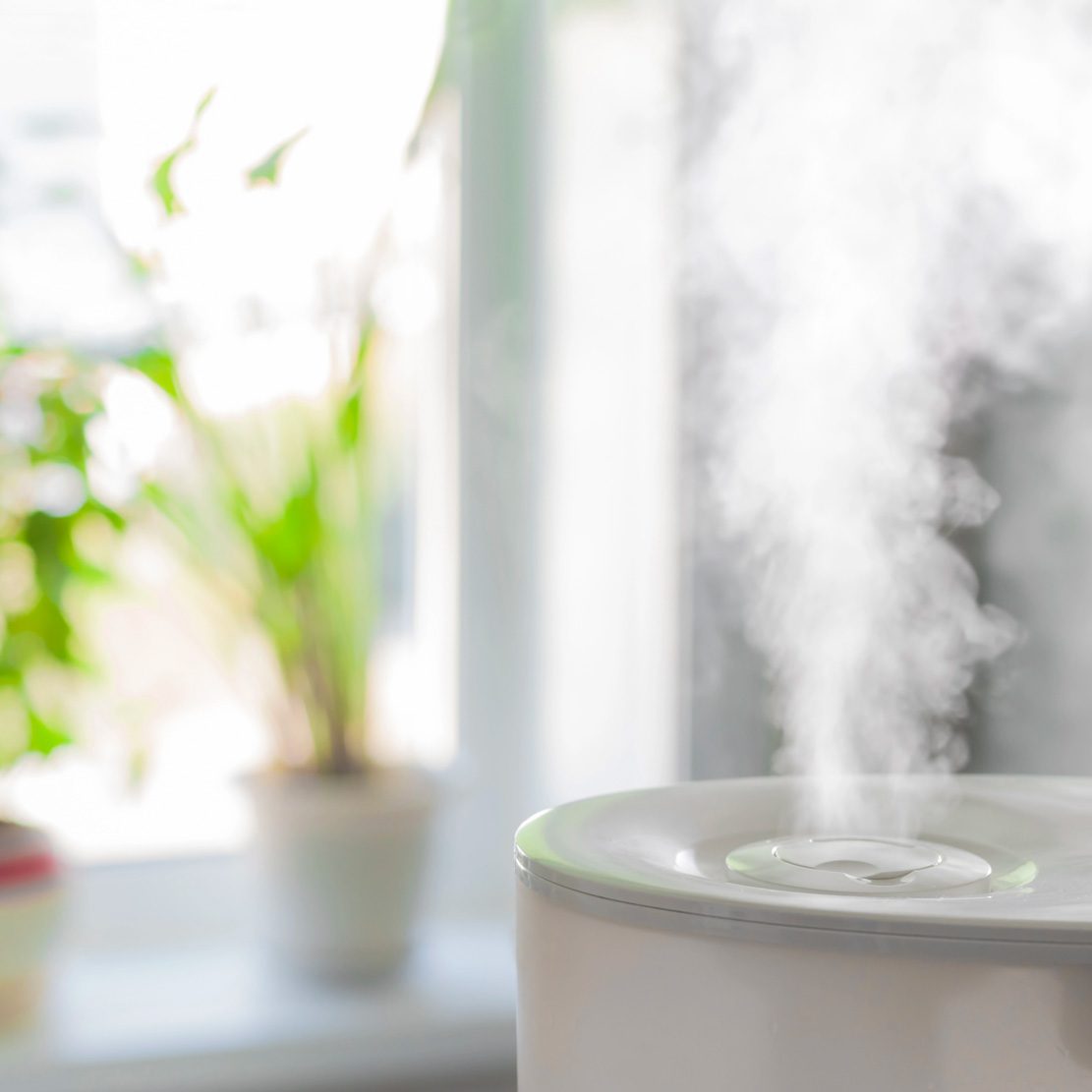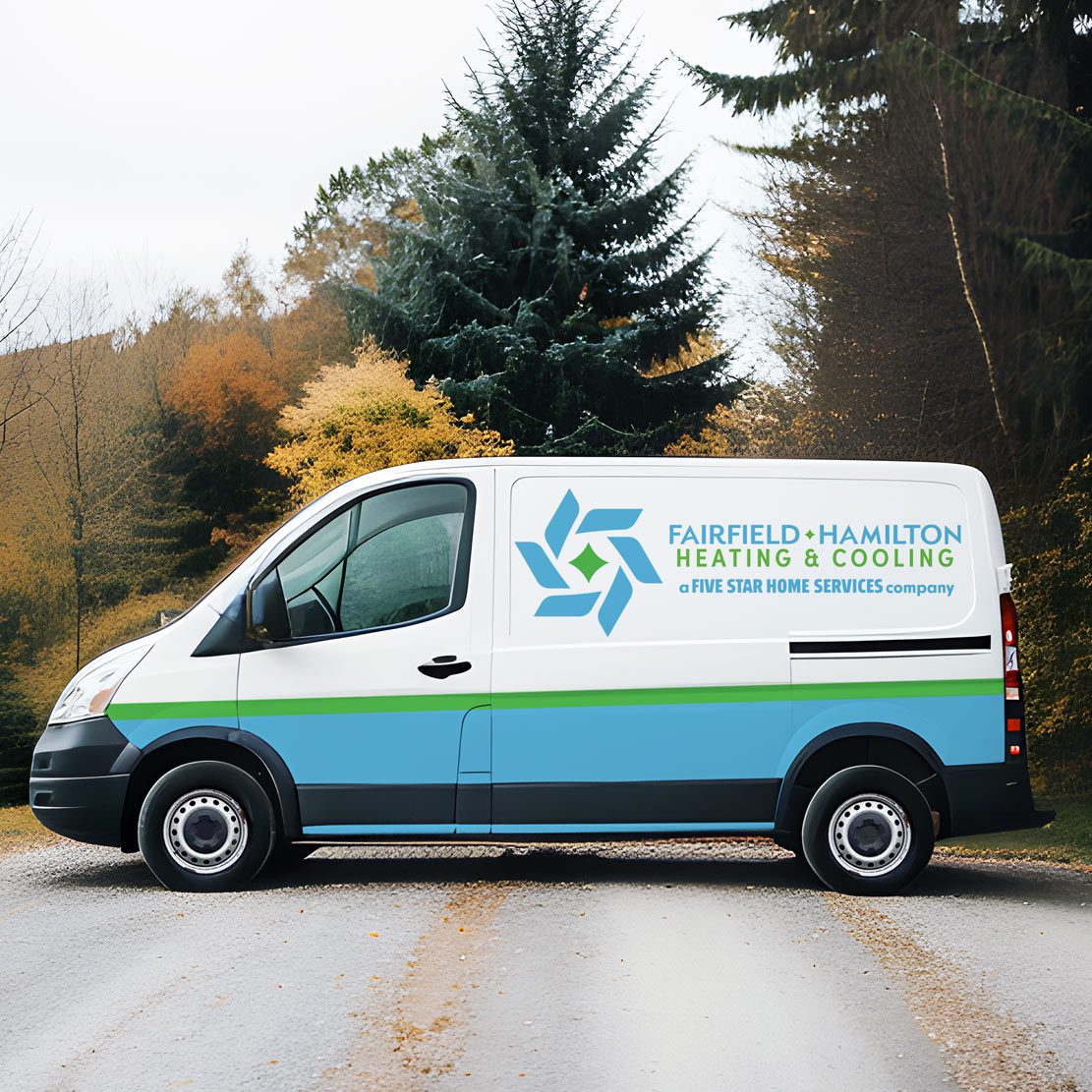Humidifiers Services in Fairfield, OH & Hamilton, OH
Humidity is a key component of your interior environment’s complex dynamics, one that is frequently overlooked. Keeping humidity levels above 35 percent corresponds to a more comfortable and healthful living environment. Humidity levels that fall below this point not only cause discomfort but also have an impact on indoor air quality. This article explores the critical role that balanced humidity plays in indoor living and explains how Fairfield-Hamilton Heating & Cooling may assist in achieving the best possible indoor air quality in your house.
Dispelling the myth that issues with air quality are limited to the outside world, we turn our attention to the humidity levels that are sometimes ignored indoors. The air within your home may be contaminated and may extend outside your windows. Your sanctuary may contain substances such as lead, formaldehyde, asbestos, radon, fire retardants, carbon monoxide, mold, and volatile chemicals from cleaning supplies. They can have a significant impact on your general well-being, mood, and general health, even if their presence is frequently concealed. Despite being energy-efficient, modern building designs unintentionally promote airtight spaces. These energy-saving features, however, foster an indoor pollution environment. The crux of the issue is that, in order to protect both your health and the integrity of your house, indoor air quality has become increasingly important.


What is a Humidifier and Why Does Your Hamilton County Home Need One?
A device known as a dehumidifier takes moisture out of the air in your home. You or other family members’ breathing may be made easier by a dehumidifier if you or they have allergies or asthma. This article contains facts that you may use to decide if getting a dehumidifier for your house is a wise decision. You may remember the three phases of the water cycle from science class in elementary school: evaporation, condensation, and precipitation. The water cycle is continuously at work in the air you breathe, even when you’re inside. This is something you might not be aware of. “Humidity” is a measurement of the amount of water vapor in the air. Dehumidifiers lessen or get rid of these water vapors.
The presence of moisture often makes breathing harder and makes the air heavier. Conditions with high humidity might be difficult for people who have asthma. With a dehumidifier, the effort needed to breathe in and out could be less taxing on the lungs. The mugginess disappears as the air turns colder and cozier.
5 Easy Tips to Improve Indoor Air Quality
Enforce a Non-Smoking Home Zone
People who smoke indoors should be reminded that secondhand smoke is among the most dangerous of pollutions, particularly for our little ones. Smoking indoors will pollute your air filters quicker, taint your painted walls, and cause your furniture to retain the smell. It’s best to establish a designated location outside.
Keep Your Rugs and Carpets Clean
Your carpet and rugs, believe it or not, do a lot more than improve the comfort of your home. They also function as a sort of air filter. They are able to capture nasty little particles like dust and dirt; they trap them up within their many mini fibers. For this reason, keeping them clean (vacuum at least once a week) will enable them to continue to work in your favor by improving the quality of air in your home just by laying there doing their own little thing.
Utilize Cooking Vents
Many of the indoor air pollutants we have in our home come from the kitchen. Gas stoves, in particular, release harmful contaminants like carbon monoxide and nitrogen dioxide, which can be dangerous. Electric burners are no exception either. They release many of those same pollutants but at much lower levels. When you cook in your kitchen, remember to use your kitchen vents. In addition to these vents, you can also crack open a window to let these pollutants out.
Remember Ventilation is Our Friend
We must stress how proper ventilation is key to maintaining healthy indoor air quality. Enhancing the airflow through your home eradicates any standing air stagnation. Something as simple as opening your doors, or cracking open a window, will take you leaps and bounds in rejuvenating the quality of air in your home.
Have Your Home Tested for Radon
This colorless, odorless invisible gas, can substantially increase your chances of getting cancer. Radon is a radioactive gas that naturally rises out of the decay of natural uranium found in nearly all soils. This deadly villain rises up from the ground and into a home through the home’s foundation. This inexpensive lifesaving test takes only a few minutes.

Common Humidifier Questions & Answers
Does the Size of the Humidifier I Use in My Home Matter?
What's The Ideal Humidity Level in a House?
Relative humidity (RH) should be kept at 30% in the winter and above 50% in the summer, according to EPA experts. Therefore, it’s a good idea to maintain a humidity level of 40–50% in your home year-round. Should the humidity level in your home exceed 50%, you may be providing an environment that is conducive to the growth of mold, mildew, dust mites, viruses, and other pests. Conversely, if the humidity level in your house is below 30%, you run a higher risk of contracting a virus, cold, or even worse, the flu.
Does My Humidifier Need to Have Regular Maintenance Done?
That, of course, depends on the humidifier you end up buying. If you purchase a single-room humidifier, understand that it will need regular upkeep and control. Some humidifiers don’t require regular maintenance, like our whole-house humidification systems. These systems link straight to your HVAC system and main water supply, doing the dirty work for you. Therefore, if you’re looking for an effective and nearly maintenance-free humidifier, you should consider the savings and exclusive deals we have on our whole-home humidifiers.





